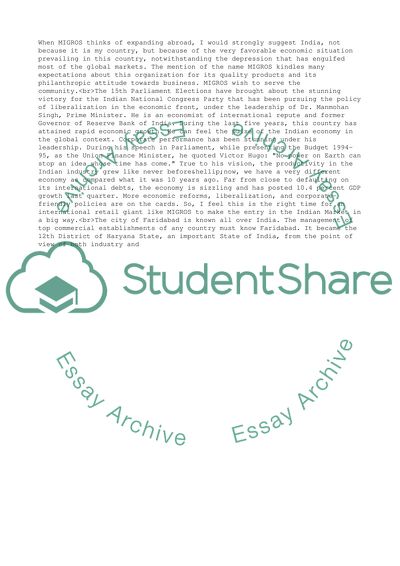Cite this document
(“The Working Culture of Big Organizations Case Study”, n.d.)
The Working Culture of Big Organizations Case Study. Retrieved from https://studentshare.org/management/1724420-retail-management
The Working Culture of Big Organizations Case Study. Retrieved from https://studentshare.org/management/1724420-retail-management
(The Working Culture of Big Organizations Case Study)
The Working Culture of Big Organizations Case Study. https://studentshare.org/management/1724420-retail-management.
The Working Culture of Big Organizations Case Study. https://studentshare.org/management/1724420-retail-management.
“The Working Culture of Big Organizations Case Study”, n.d. https://studentshare.org/management/1724420-retail-management.


